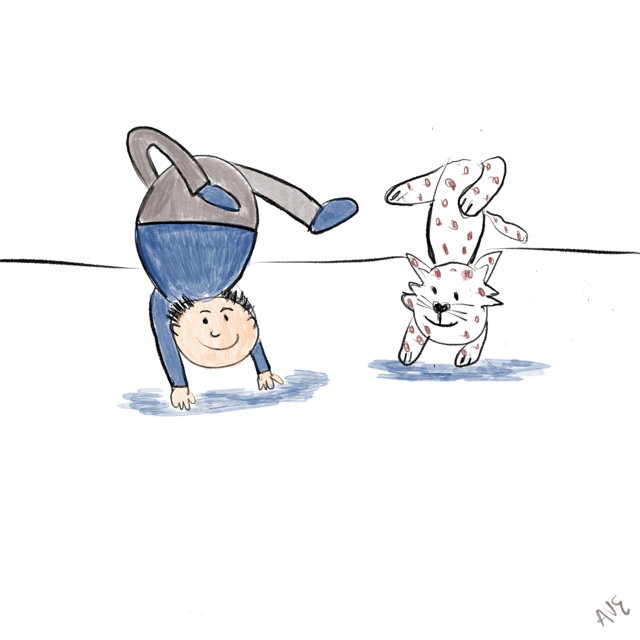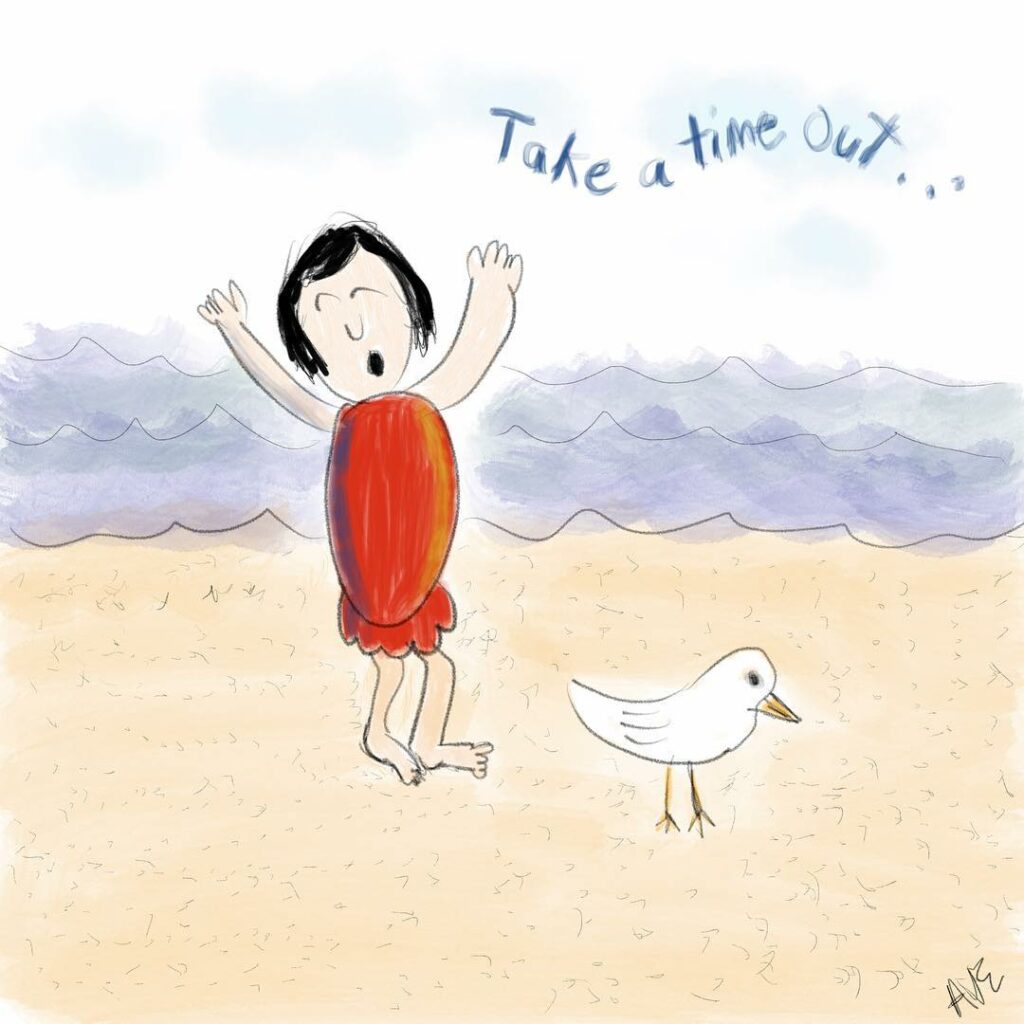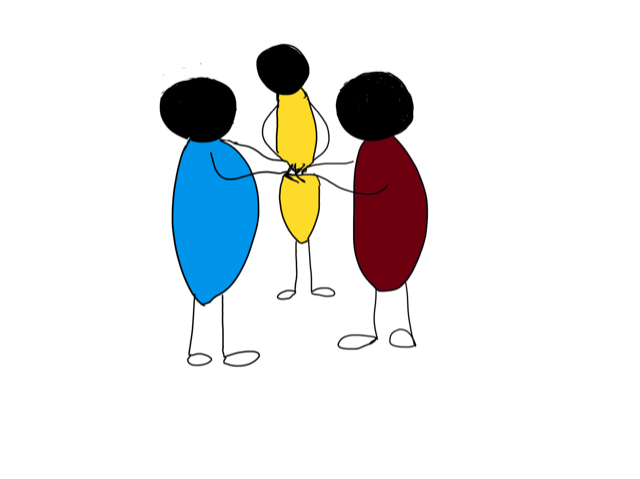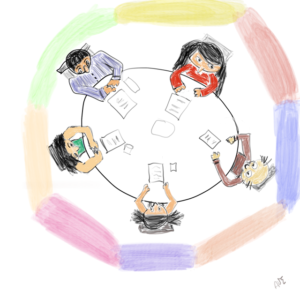
Years ago, I provided team coaching to an executive team of a manufacturing company based in Wisconsin. Our meetings were early mornings. I could predict the energy and openness of the team based on the score of the Green Bay Packer game the day before. If the team was winning, as it mostly did at the time, the leadership team members were more positive about creating new solutions and working together. If the team lost, we had to spend more time creating an open environment for the leadership team dialogue.
We all have experienced this phenomenon. A colleague shared that people seemed to have a skip in their walk and a friendly smile for one another in Charlottesville after UVA won the 2019 NCAA basketball championship. It seemed like the whole town shared this positive optimism. Not only is it Virginia’s first championship but the victory is particularly sweet after their close loss last year. The coach and players claim that the loss brought them closer together to achieve this win.
We not only need to check in to ensure that we are open and that those we interact with feel safe and open but it is important to ensure that we work to support a positive and open environment. After the UVA win, colleagues in workplaces seemed more open and forgiving of one another when they were fighting about an issue the day before. Again, a very different experience in the workplace than when there was tension during a previous rally in the city.
An abundance of research emphasizes the importance of creating an environment of openness, safety and trust.
Ask, how open is the environment? What can I do to support openness? Pay attention to the environment or context as much as the content or your words.








 Our upbringing and experiences influence how we see the world, our mindset and how we behave. We each interpret things in a different way. When someone challenges our perspective we easily become defensive and argue for why our view is correct.
Our upbringing and experiences influence how we see the world, our mindset and how we behave. We each interpret things in a different way. When someone challenges our perspective we easily become defensive and argue for why our view is correct.